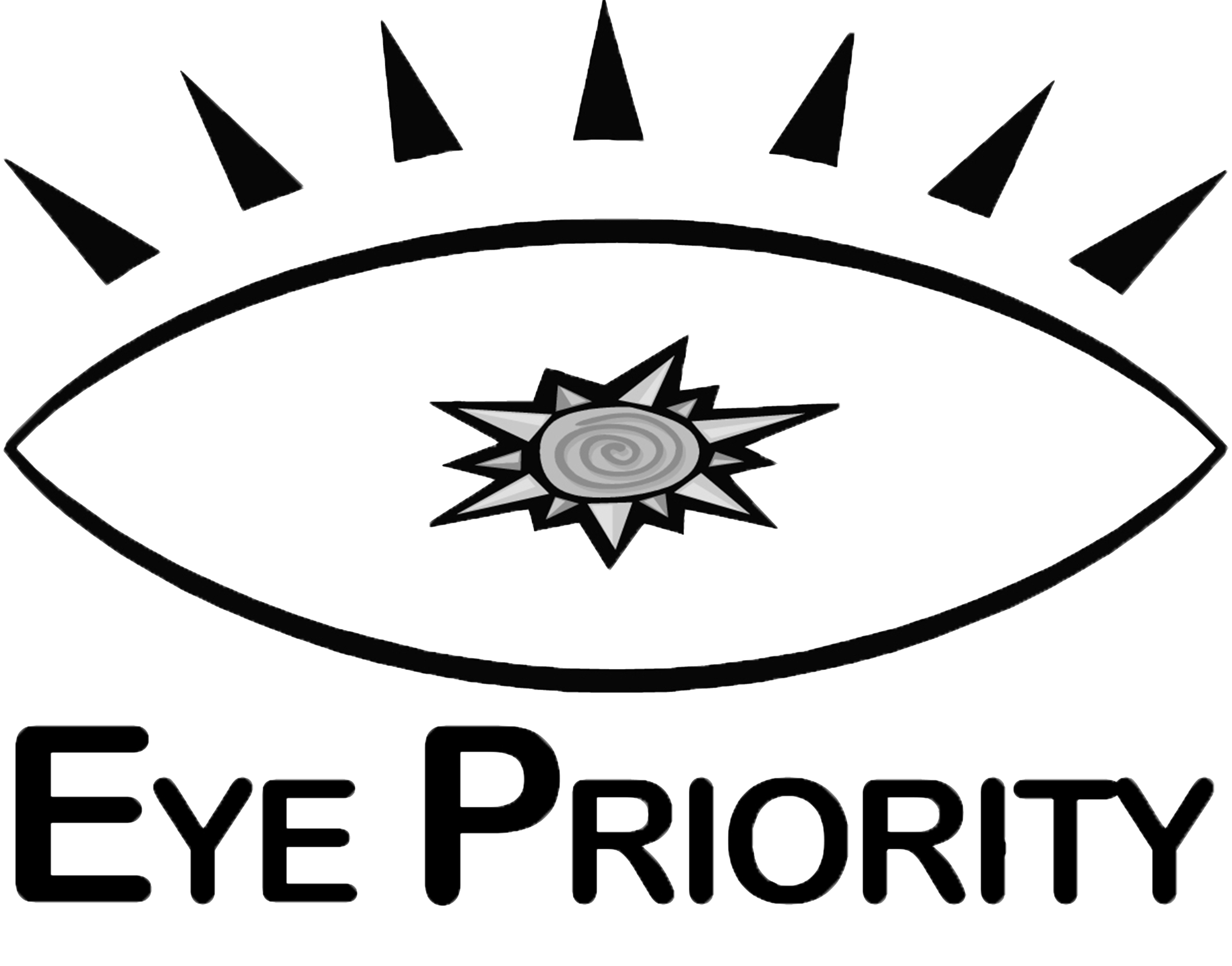What is Myopia Management?
Myopia, or nearsightedness, is when distance vision is blurry. Genetics play a major role in risk of myopia, but lifestyle also has an impact. Increased time spent on computer and phone screens, increased time indoors, and decreased time spent outdoors can all contribute to increasing the risk of myopia. Myopia is becoming more widespread and severe. It is estimated that 40% of Americans have myopia and that number is increasing, especially among children. As myopia becomes more severe, other potentially serious complications become more likely, such as retinal detachments, myopic maculopathy, glaucoma, and cataracts. Myopia tends to progress in children and typically stabilizes in early adulthood. In order to slow down this progression, lots of studies have been done regarding myopia control with some promising results.
Myopia Management Options
CRT
Eye Priority, offers an advanced non-invasive corneal reshaping technique known as CRT. Much in the same way braces can realign the teeth in your mouth, CRT can be used to reshape your cornea. Our doctors will map the shape of your corneas precisely and then fabricate special contact lenses. Unlike standard contacts, you'll wear these lenses at night. The lenses perform a subtle corneal reshaping as you sleep, meaning that you can take them out the next morning and enjoy perfect or near-perfect vision.
There are currently two different types of contact lenses that have been FDA approved for myopia management. The first involves hard contacts that reshape the cornea during sleep. The lenses are only worn while sleeping and the reshaping of the cornea results in a corrected prescription during the day, i.e. no other glasses or contacts are needed. These contacts, known as ortho-k lenses (CRT), need to be worn on a daily basis to be effective.
MiSight
The second type of myopia control contact lens is called the MiSight lens. It is the only FDA approved contact lens specifically designed to manage myopia. It is a soft, daily disposable lens that is comfortable and corrects vision as well. It also needs to be worn daily to have the desired effect of slowing the progression of myopia. Studies show more than a 50% reduction in progression, meaning that patients who wear the MiSight lenses will not have nearly as much of an increase in prescription from year to year as patients who wear other standard contact lenses or contacts.






